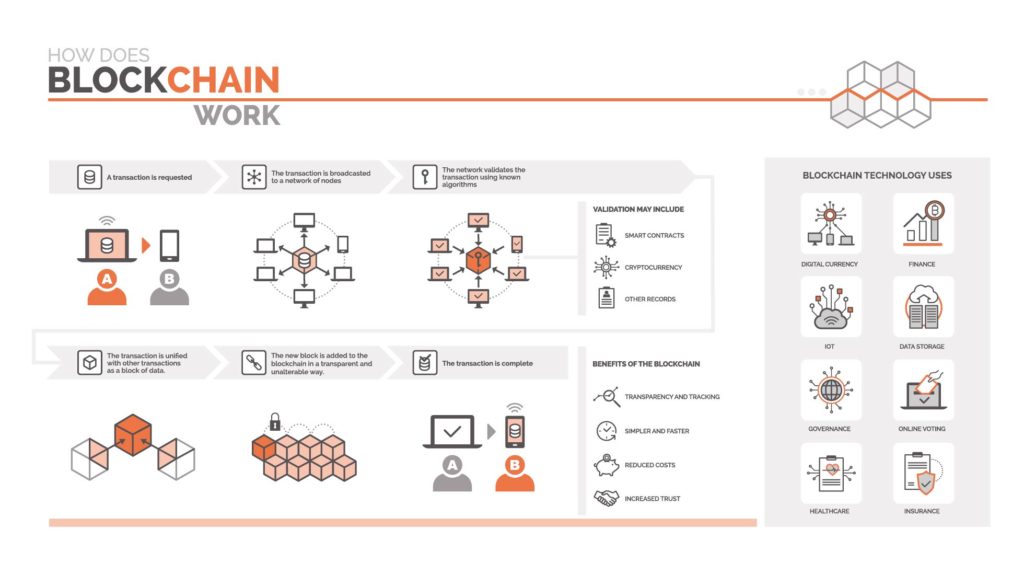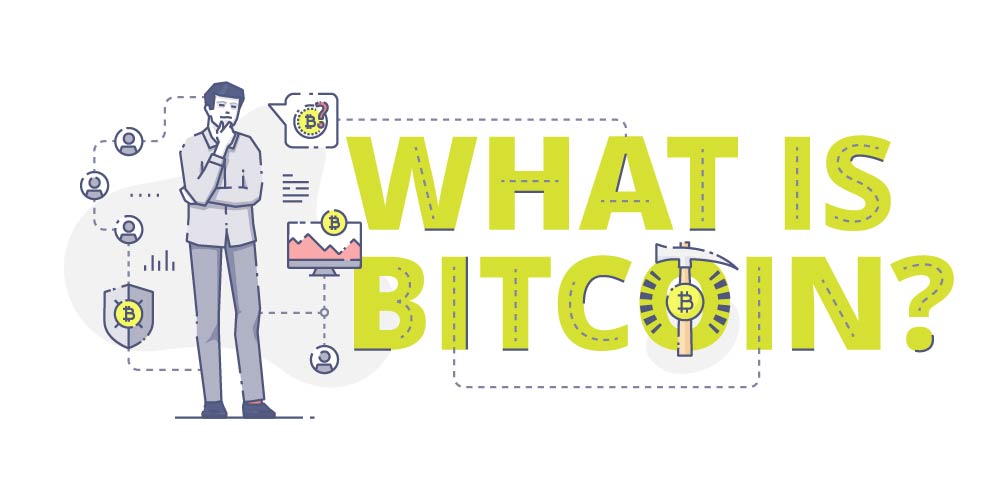Once an abstract concept that had no relevance for most people’s day-to-day life, cryptocurrency is becoming more popular. I hear the topic come up more and more behind the nursing station. Last fall, El Salvador became the first country to adopt Bitcoin as legal tender. Whether or not more countries follow suit, crypto is showing no signs of slowing. If you don’t understand it, now’s a good time to study up. Today I’m sharing a complete guide to Bitcoin, the most popular cryptocurrency.
Disclaimer here that I am not a financial advisor and this is not financial advice. This knowledge is for education and empowerment purposes only. Now that the lawyers are happy, let’s get into my nursing explanation of Bitcoin.

Bitcoin Solves the Greatest Computer Problem of All Time
Imagine a world where all nations agree with each other and there is absolutely no conflict. Of course, if you watch the news, you know that’s never going to happen. It’s as if conflict is an inherent quality of being human. And as humans, we couldn’t help but have this quality spill over into our technology.
When computers talk to each other, like humans, there is always conflict. This is until some anonymous person under the pseudonym ‘Satoshi Nakamoto’ dropped onto the world something greater than the last 10 Nobel Peace Prizes combined. It was Bitcoin.
You see there is this problem that plagued humanity and the greatest minds in the world couldn’t solve called the “Byzantine Generals Problem.” This problem needs to be solved in order to create a system with “Byzantine Fault Tolerance (BFT).” In order for a network for computers to achieve a consensus on the state of the system, at least two-thirds need to be honest and reliable. The problem occurs when dishonest and unreliable computers join the network. In order for the system to function, it needs to be able to “tolerate” a group of naughty computers that may not work or have malicious intentions by sending false data. Using a secure hash algorithm (SHA-256) designed by the National Security Administration (NSA) and combining it with elegant coding, this problem was solved. The way I’d like to put it, bitcoin solved all conflict and created world peace for computers by getting them all to agree on something.
Satoshi Nakamoto solved one of the greatest problems in humanity’s technological history and only a handful of computer geeks and cryptographers knew about it. If you look them up today, you’ll find them in the pages of tech fortune magazines with billions upon billions in net worth. What did they see that the rest of the world is just catching on to? We’ll get to that soon, but first, let’s look at how Bitcoin works.

A Blockchain is the Building Blocks of the Bitcoin Network
If you are new to crypto, it might seem confusing, but the concept behind Bitcoin is fairly simple. This infographic explains it well:

Person A sends 1 bitcoin (BTC) to Person B. That’s $43,980.05 at the time of this writing. Next, Person A’s computer sends this transaction to the bitcoin network and all the computers agree because of that problem Bitcoin magically solved. The network records the transaction in a “block” and adds it to the blockchain.
The blockchain is really just a sequence of recorded transactions that are linked together. If anything breaks the link, like a hacker trying to change the transaction, red flags go up all over the place. The bitcoin network computers (aka bitcoin miners) determine that the chain was broken and rewind back to the breaking point to start the blockchain from there.

Bitcoin Miners Power and Protect the Network
Now you know that Bitcoin solves the greatest computer problem of all time and creates a bookkeeping record of all bitcoin transactions in the world. There are a couple more features that make it a literal worldwide phenomenon.
The bitcoin network uses computing power to protect itself from hackers. This is known as the SHA-256 algorithm. Have you ever heard of bitcoin miners? These are computers that people have hooked up to the network to give it more computing power. That power is measured in something called “hash rate,” but that’s not important. What’s important is how much energy is being used to protect the bitcoin network.
There’s a lot of negative media surrounding this topic because bitcoin miners use a lot of energy. The miners are rewarded in bitcoin so the people running them can pay their hefty electricity bills. The energy consumption is actually part of the network’s security. Anyone who wants to hack the network needs to produce a greater amount of energy and computer power to have even a small chance of trying to alter the blockchain. To take control of over half of the Bitcoin miners in the world or compete with the network’s computer power, you’d need the power equivalent of eight times Google and Facebook combined. This makes it a very expensive one-shot try with a very high probability of failure which basically means, “Not today, Satan, not today.”

Here’s what you need to know. There will only be 21 million BTC ever made and this maximum is written in the core programming that no one can change, not even Satoshi Nakamoto. You can own bitcoin by purchasing it on an exchange like Coinbase. You can even own a minuscule amount of bitcoin including fractions of it or decimals. The smallest unit of bitcoin you can own is called a satoshi, or sat. There are 100,000,000 sats in 1 BTC.
Thanks to Nakamoto and all those BTC miners, we now have very special money. Here’s what makes bitcoin so special:
- It isn’t controlled by any single person, company, government or country making it a neutral currency.
- There is an absolute number that can exist so it will not be devalued by inflation as we know it– you cannot print an infinite number of Bitcoin.
- The blockchain is stored in every miner in the world and will continue for as long as at least one is running.
- It is divisible so it makes math easy. Just move the decimal.
- It is protected by a massive amount of energy and code that no country is capable of manipulating.
- It is virtually impossible to destroy, so it will hold its value over eternity.
- It becomes the ideal asset to pass on through generations to build real wealth.
- It cannot be physically seized or stolen because it exists virtually.
- Everyone in the world is allowed to participate in the network and there is no fee to open a bitcoin account (bitcoin wallet).
- You can send money to anyone, anywhere in the world for a small network fee (the BTC paid to miners). If that network fee is too high, there is a “Lightning Network” built on top of the bitcoin network that makes sending money practically free.
The world is already recognizing how “dangerous” this currency is to the old world as we know it. The current super powers are desperately clinging onto a world that no longer exists. Economic mobility is a reality now and wealth can no longer be confined to a single country. It may mean the fall of empires like ours, but it will create a fairer world where everyone has an equal opportunity to change the world for the better. Secure your future by having bitcoin in your retirement portfolio.

Pingback: Joining Bitcoin’s Prestigious 21 Million Club – HustleRN.com